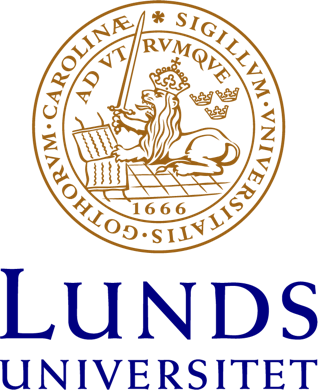maj
English language and linguistics research seminar: Freja Bang Lauridsen (Lund University): A modal in motion: Tracing the borrowed modality of the Middle English ‘mun’
Abstract: Words deriving from the Proto-Germanic verb munan, meaning ‘to think’, ‘to remember’, or ‘to be mentally active’, are attested throughout the histories of both the North and West Germanic branches of the Germanic language family. Given their shared Germanic and Indo-European ancestry, the presence of munan-derivatives in both branches is unsurprising. Nor is it surprising that its derivatives have followed different paths of language change in the two daughter languages, Old English and Old Norse – after all, this is a natural consequence of their geographical separation. What is striking in the case of munan, however, is that despite its distinct trajectories in English and Scandinavian, their developments appear to be interwoven, with Middle Danish (a successor of Old Norse) seemingly influencing the development of munan in English. The etymon munan followed two main paths of development in the languages descending from Proto-Germanic: it either retained its original lexical meaning or, like many other preterite-present verbs, developed modal characteristics. In Old English, munan was preserved as the lexical verb munan and its derivative gemunan, retaining meanings closely aligned with those of Proto-Germanic. During the Old English period, munan/gemunan gradually declined in frequency, but in Middle English, mun re-emerged – not as a lexical verb but as a modal. This resurgence is commonly attributed to Scandinavian influence, specifically the borrowing of the Danish modal auxiliary munu, which had developed future modal semantics early on. However, this hypothesis remains conjectural, based solely on the predominance of modal mun in northern English dialects. While previous research has examined the development of munan/gemunan in English and munu in Danish separately, no study has systematically investigated the borrowing hypothesis in depth by considering Danish as the source and English as the recipient of the modal mun. This article seeks to investigate whether the rise of modal mun in Middle English in fact represents a true borrowing of the Middle Danish modal munu or simply a merging of two cognates with distinct meanings and functions.
